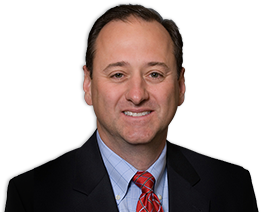Thoracic Corpectomy
Thoracic corpectomy is a procedure performed to relieve pressure on a nerve at the thoracic region (upper and middle back) by removing the source of the compression. It is indicated for conditions such as degenerative disc disease, spinal stenosis, bone spurs, tumor, fracture and infection leading to spinal compression, which cause pain, weakness and numbness in various parts of the body.
Thoracic corpectomy is carried out under general anesthesia. You will lie on your side during the procedure. An oblique incision is made. Important organs are moved aside to protect them during the surgery. The surgery involves two stages – decompression and fusion. To decompress the nerve, the presence of bone spurs, tumors or fractures causing the compression are removed. This is followed by fusion, where deformed or diseased vertebrae are removed along with the intervertebral discs, and the adjacent vertebrae are then fused. A bone graft is placed in this region to provide stability and a metal plate with screws may be used to provide added support. The procedure typically takes 3-4 hours to complete. Following surgery, you will remain in the hospital for 2-3 days.
You may notice immediate improvements in symptoms and may be able to walk the same day. Further improvement takes place over time. Your doctor will advise you when it is safe to return to work.
Risks and complications may be associated with this procedure, which is common to all spine surgeries. These include bleeding, infection and nerve damage.











